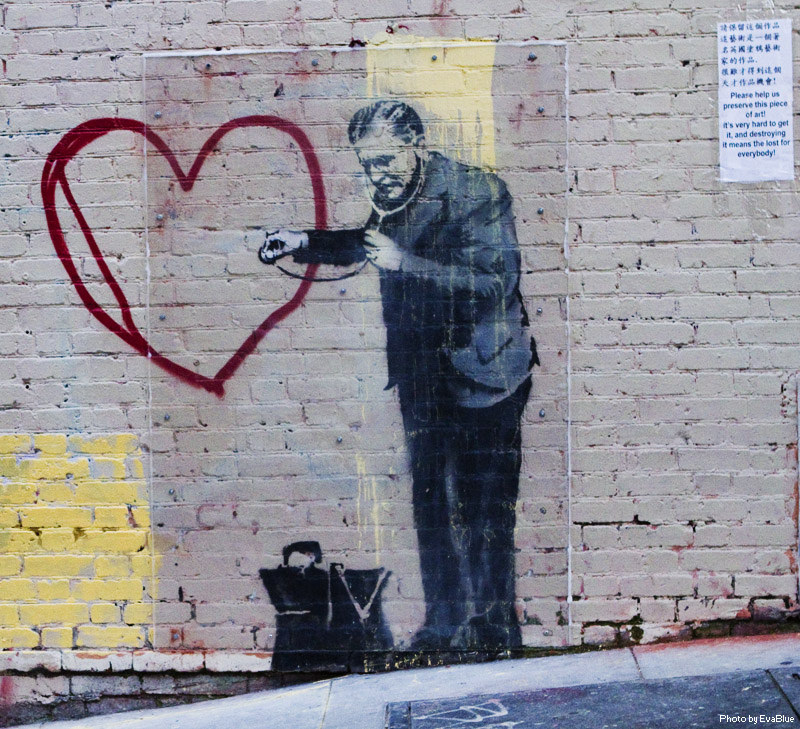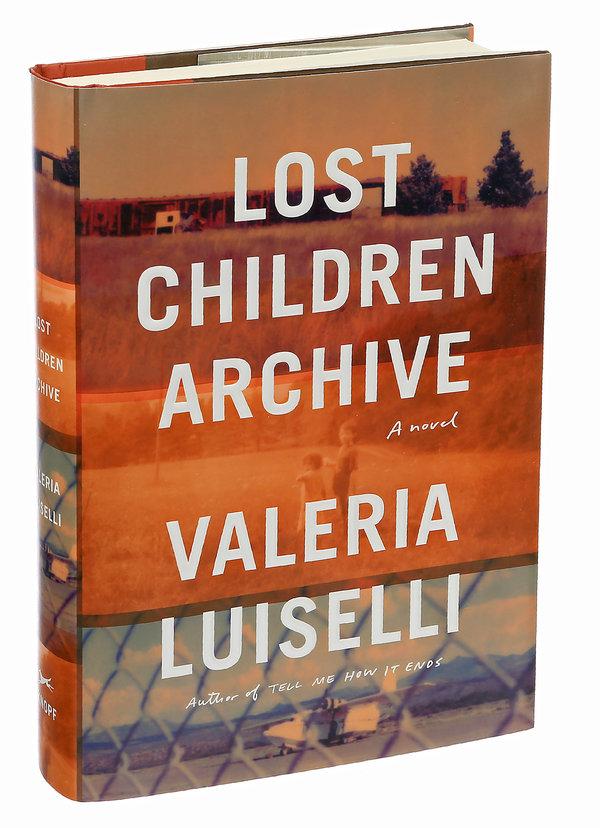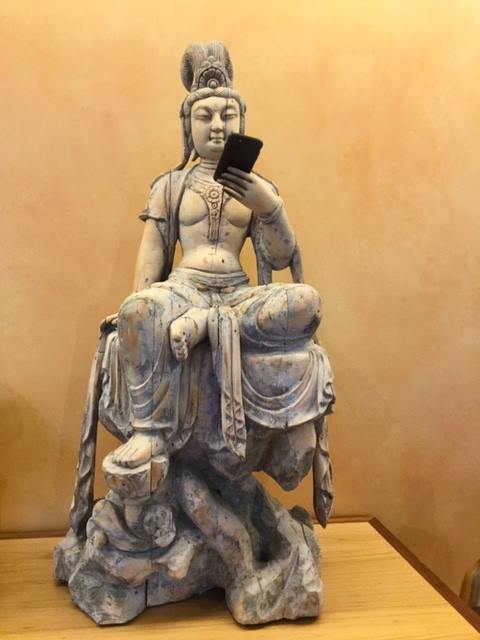Not Based on Good or Bad

In reading that Spirit Rock’s Ethics and Reconciliation Council (EAR Council) has formally withdrawn Noah Levine’s authorization to teach and then reading a bit more about the process they went through to come to this conclusion, I can’t say that I’m feeling happy (the whole situation is sad and upsetting), but I can say that I feel reassured.
Especially after reading the concept on which this Council was formed:
Conflicts will inevitably arise within the Spirit Rock community. The health of our community is not measured by the presence or absence of conflict as much as by our willingness to find effective, responsible, and compassionate means of resolving interpersonal tensions. The intention to attend to and learn from conflict is a clear application of Buddhist practice into our daily lives; without this intention, practice can too easily be a comfort rather than a deep transformative vehicle for our lives.
Buddhist conflict resolution is not based on good or bad, blame or guilt, winning or losing, offenders or victims. Rather it is based on fully addressing the suffering of all concerned. Hurt, fear, and anger are taken seriously through forums in which everyone may speak honestly, safely, and completely about their own direct experiences and feelings. In looking for resolution, Buddhist practice values dialogue over silence, reconciliation over estrangement, forgiveness over resentment, confession over accusation, and atonement over punishment.
Because the process of reaching such resolution is often very difficult, Spirit Rock’s Ethics and Reconciliation Council (EAR Council) offers support. (Read more here.)
Dealing with Difficult Emotions

Ajahn Sucitto says: “Sometimes the dam has to burst in order to really deal with the material.
“But ideally, meditation is not a dam burst, it’s just opening a sluice gate a little. Ideally you can open it a little bit and just feel some of the feeling in your body, and the sense of dis-ease or disturbance or irritation or grief or loss or betrayal or shame or something.
“And then: Well, OK, there’s that. And you try to feel it as just: It’s THIS.
“You’ll probably discover a narrative of what it’s about, where it got planted. But sometimes you don’t get a narrative, you just get a strange sense of it, a felt sense…
“Either way: Go to the body, and to the breathing, and to the loving acceptance — so you can take the I-am out of it. You don’t take the emotion or the perception out, you take the I-am out.
“The I-shouldn’t experience is probably the first one to go. The I’ve-got-to-manage-this is the second. The how-do-I-get-rid-of-this is the next… Then the I-am‘s gradually just fall away until they become seen as: This is not taking me anywhere. It’s just proliferation.
“So: Get down to the feeling under your skin. Then: Opening, breathing, grounding, letting it move through. This is definitely something that you can practice with — using calming and insight.
“Calming: Enough to hold it, enough to cool, just enough to soothe and make it manageable. This is why you couldn’t manage it before, because there wasn’t that calm. There wasn’t that skill.
“Insight: Looking into. It’s just THIS. It’s just this experience — the flushing experience, the welling-up experience.
“And then: What’s the response to that? Space. Back off. The thing is coiling its head: More space. Until you can find a place where there can be a response, rather than a reaction.
“So, insight: You look into what is the condition, as a condition. And you notice it’s moving, it’s changing, it’s selfless — it’s not really a person. It’s intimate. It’s subjective. But it’s not a person. And then there’s more and more a sense of dispassion towards it, to allow it to move on.”
***
The excerpt above is taken from the final 5 minutes of the Ajahn Sucitto’s talk, Passing of Difficult Feeling. Click here to listen to the talk in full.
The Very Essence of Being Conscious

Yesterday I discovered that — at long last!!! — the rest of the talks Ajahn Sucitto gave at the November 2018 retreat have finally been posted! Turns out, the timing is perfect because the first talk I listened to picked right up on the theme we’ll be exploring at the Advanced Practitioner Retreat in April on the Nature of Consciousness, which I posted a bit about yesterday.
Here’s an excerpt from Sucitto’s talk:
“Just to differentiate ‘mind consciousness’ (mano viññana) from ‘mind’ (citta). Sometimes these two are conflated — and it’s up for you to judge — but I myself would say that, although they certainly operate together, they’re two different aspects of a process.
“Citta [mind] is a sensitivity. Mano viññana [mind consciousness] is a function.
“Citta is a series of potentials and potencies and influences and tentative intentions and confusions and joys. And all of them held in a kind of non-formulated state. All wavering — the possibilities for good and for bad. It’s like something that hasn’t really crystallized.
“Citta is constantly affected. Affected by inclinations that can arise. Affected by fear, love, joy. It’s wavering. And then it can crystallize and act. When it seizes on something, focuses on it, holds it firmly, then mano viññana comes in and you’ve got mental kamma. Then this begins to generate a form. A self. Or an entity of some kind. Or a quality, that’s fixed, established. Even though it’s wavering, it’s got a certain trajectory to it. And that trajectory, as one thinks, speaks, acts upon it — generates a ‘person’ moving forward in time….
“Citta is the sensitivity — you could say it’s the very essences of being conscious. That trembling, sensitive alertness. Awareness.
“And you notice just how rippling that can be. And as you contemplate, how it can be smoothed and steadied and gladdened and strengthened. And the requirement for that, so it doesn’t just — like mercury — spill down the nearest grooves.”
***
(The above begins at about the 18 minute mark on the tape and has been lightly edited. He’s speaking here to a small group of experienced meditators near the end of an intensive, month-long retreat. So it’s dense. And full of Pali terms. But if you’re up for it — it’s so worth it. The title of the talk is Resetting Your World. Listen here.)
The Fundamental Quality of Knowing

Part of our homework for the first session of Spirit Rock’s Advanced Practitioner Program, which begins April 15, is to read and reflect on a selection of teachings from the Thai Forest tradition on the Nature of Consciousness — which I find quite provocative and totally fascinating.
I especially love this excerpt from Straight from the Heart, by Ajahn Maha Boowa:
Citta is the mind’s essential knowing nature — the fundamental quality of knowing that underlies all sentient existence. The true nature of the citta is that it simply knows. There is no subject, no object, no duality; it simply knows. The citta does not arise or pass away; it is never born and never dies.
When dukkha completely stops, nothing remains. All that remains is an entirely pure awareness; it is the purity of citta. If you want, you can call it: Nibbana.
What a Great Idea!

I want to put in a plug today for The Sun magazine, an independent, reader-supported publication (available both on-line and in-print), which I totally love for so many reasons — not the least of which is the photo above, published in this month’s issue.
Check out the magazine here. And read a sweet little story about the photo here.
Not Comfortable.

At Sunday Sangha yesterday, I shared an excerpt from Ajahn Sucitto’s wonderful talk: The Practice of Inclusivity, which I previously posted here.
I think the talk went pretty well. So for today, I’d like to post a little more.
Sucitto say: “Once you begin to open — to how it is in yourself, in your body, in the world around you — you will feel uncomfortable. (As least as far as I can tell.)
“I don’t think Dhamma practice is comfortable. It’s not a tranquilizer; it’s not a sedative; it’s not an escape. It’s meeting the discomfort of the First Noble Truth…
“As you enter embodied awareness though meditation, it begins to — by the nature of that embodiment — open up a can of worms. Because it’s in this embodied awareness that’s held the distortions of the human predicament. The tensions, the unspoken emotions, the buried memories, the dissonant experiences, the lust, the craving, and so forth….
“To get out of suffering, you have to go into awareness… But of course this is going to take you into a lot of suffering. The First Noble Truth says that this is the path that takes you right into the suffering of being your ‘self.’
“As you recognize the suffering, you’re touching it where the cause of it is not ‘him’ or ‘her’ or ‘them’ — even though you could go there and you could ‘prove’ that — but actually you are going to the place in your heart where the suffering is.
“The Buddha says that if you can do this, if you can stay with it, where you can’t change it, and you can’t change what you’re feeling, and you can’t dump what you’re feeling, and you can’t get over what you’re feeling, and you can’t say: well, I’m past that, or: I’ll get over that; or it doesn’t really matter — if you can meet what arises and not have any strategies for dealing with it or any alternatives — if you just meet what arises, you’re going to meet the very boundaries of yourself — the fear boundary, the intimidation boundary, the not-good-enough boundary, the I-need-more boundary, the I-should-be-able-to-fix-this boundary.
“If you meet those boundaries rather than feed them and give them solutions, then these very boundaries are going to be experienced as dynamic rather than fixed, as something that you can directly apprehend rather than just notional, as something directly in yourself rather than something somebody else did to you yet at the same time is not created by yourself but is imprinted there… If you can do that, and through doing that, allow yourself to feel the suffering — it passes… changes… shifts… releases…
“The Buddha says: If you can do that, this will be the path of deep joy.”
***
The above was edited and condensed. Click here to listen for yourself.
Or Maybe…

Waiting for a Ride, by Gary Snyder
Standing at the baggage passing time:
Austin Texas airport—my ride hasn’t come yet.
My former wife is making websites from her home,
one son’s seldom seen,
the other one and his wife have a boy and girl of their own.
My wife and stepdaughter are spending weekdays in town
so she can get to high school.
My mother ninety-six still lives alone and she’s in town too,
always gets her sanity back just barely in time.
My former former wife has become a unique poet;
most of my work,
such as it is is done.
Full moon was October second this year,
I ate a mooncake, slept out on the deck
white light beaming through the black boughs of the pine
owl hoots and rattling antlers,
Castor and Pollux rising strong
—it’s good to know that the Pole Star drifts!
that even our present night sky slips away,
not that I’ll see it.
Or maybe I will, much later,
some far time walking the spirit path in the sky,
that long walk of spirits—where you fall right back into the
“narrow painful passageway of the Bardo”
squeeze your little skull
and there you are again
waiting for your ride
***
(Thank you, Brian)
Earth, Wind, Fire, Water

For those of you who were at the Satipatthana Study & Practice class last night — as well those who weren’t but maybe would like to have been — I offer this guided meditation by Phillip Moffitt, which I used as a basis for the instructions I gave last night on practicing with the Four Elements as a way to establish mindfulness of body.
Phillip begins:
Begin to bring attention to the body. Not judging the body. Or comparing the body to a previous experience of the body. Or to what you think a body experience should be. But being present for the experience of body as it presents itself — with interest and with curiosity.
Knowing the body in the body, the felt sense of body. Here. Now. Here, in this very body. In this very room. Now, in this very moment. Not a conceptual experience, but a direct, actual experience. The felt experience of body.
There may be a number of fleeting sensations, seemingly all arising together, or one may hold our attention, or maybe the body as a whole. Or parts of the body. Or a single part of the body. Invite this knowing capacity to spread through the whole body, so that we have the possibility of being mindful of the body in the body. Here. Now…
Drop the attention to the lower half of the body. Placing attention on the pelvis, the buttocks, the sitz bones — that area of body. Begin to notice whatever experience you have of hardness, or firmness, or heaviness. As you feel the pelvis, the buttocks, the sitz bones on the cushion or the chair or the bench: hard, firm, heavy — earth element in the body. Pour your attention onto this experience of earth element…
***
The guided instructions go on from there for about 40 minutes. You don’t have to listen to it all to get the idea, but it would be well worth your time if you did. Click here. And enjoy!
The Beginning of Something

I have just started reading Lost Children Archive, by Valeria Luiselli, for my White Awake book discussion group and I am completely blown away. It’s nothing like anything I’ve ever read before, and yet it’s not difficult or weird or in-your-face innovative. It’s just fascinating. And surprising. And beautiful.
Here’s an excerpt (which doesn’t even begin to do it justice):
“I’m not sure what deeper reasons prompted us to record the children that night. Maybe it was just the summer heat, plus the wine, minus the joint, times the excitement of the move, divided by all the cardboard recycling ahead of us. Or maybe we were following an impulse to allow the moment, which felt like the beginning of something, to leave a trace.
“After all, we’d trained our minds to seize recording opportunities, trained our ears to listen to our daily lives as if they were raw tape. All of it, us and them, here and there, inside and outside, was registered, collected, and archived.
“New families, like young nations after violent wars of independence or social revolutions, perhaps need to anchor their beginnings in a symbolic moment and nail that instant in time. That night was our foundation, it was the night where our chaos became a cosmos.”

